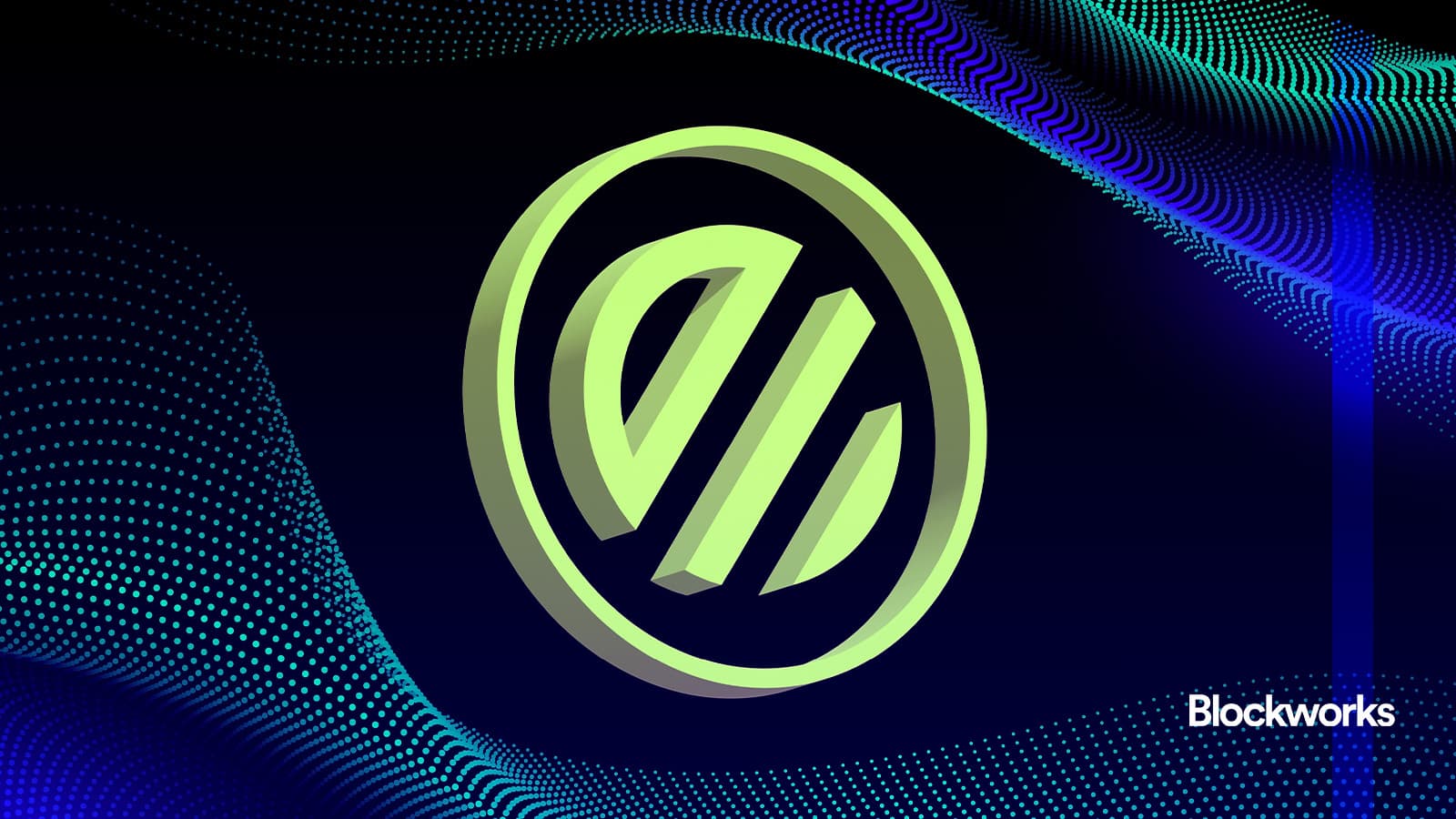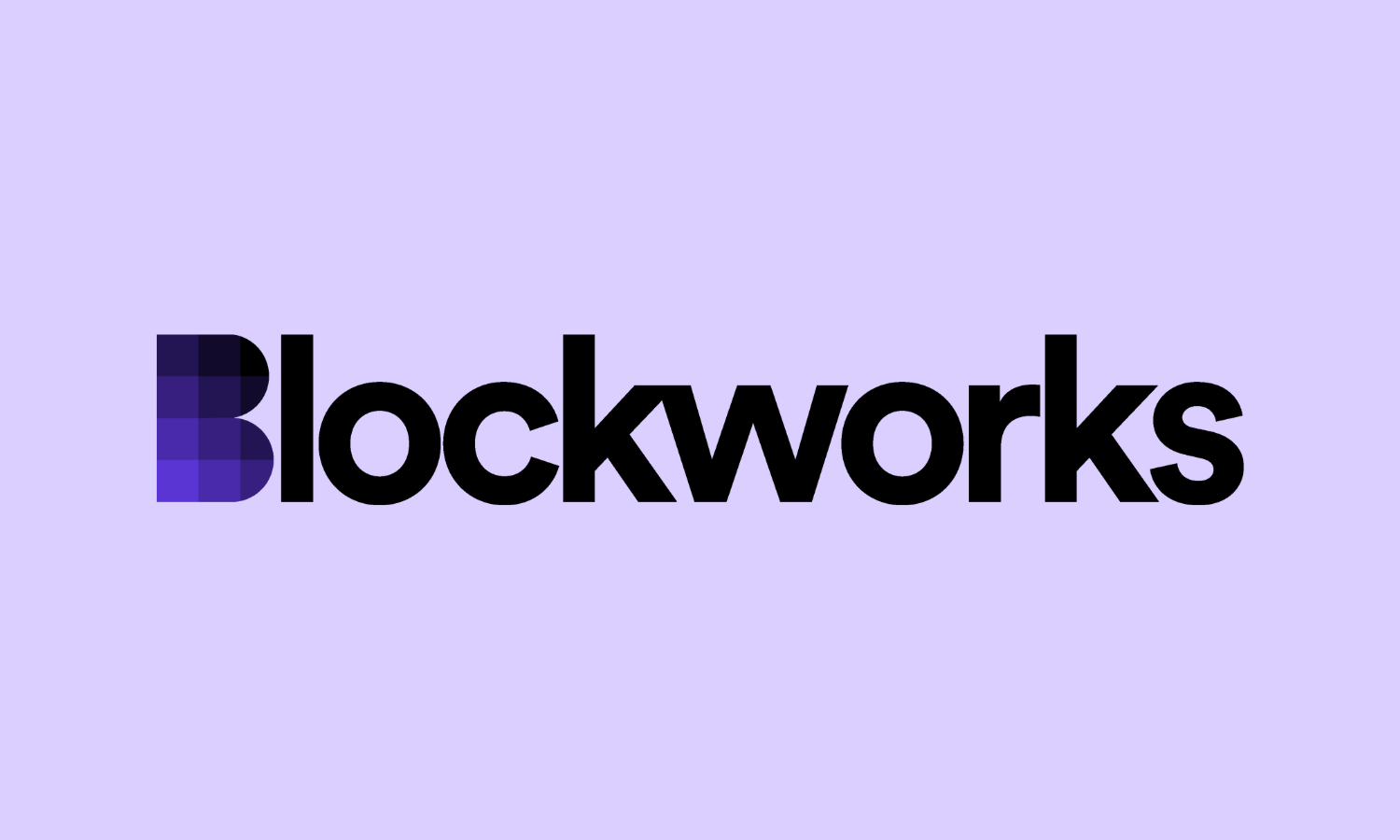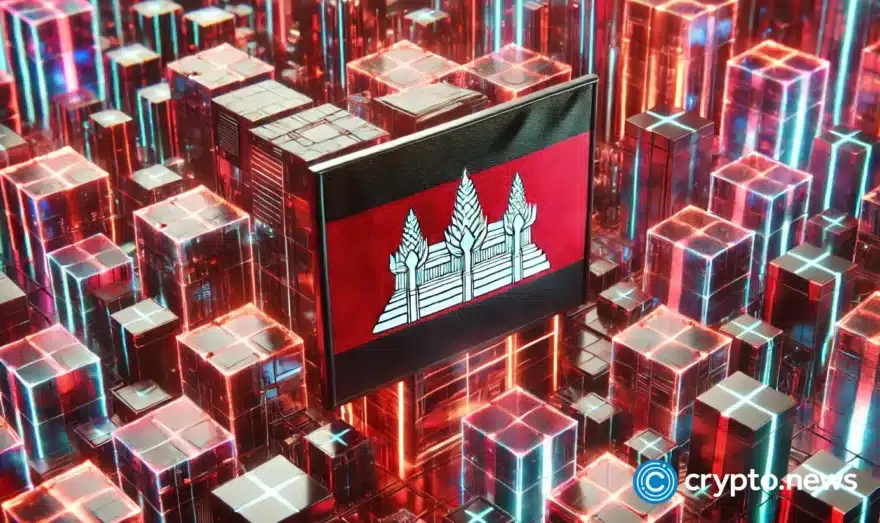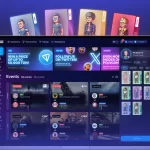Renzo restaking finds success in chain abstraction effort: Case study

As an increasing number of layer-2 chains compete today for user attention and liquidity, developer efforts are ramping up around “chain abstraction,” a broad term used to describe a seamless cross-chain user experience across all chains.Fully implemented chain abstraction is still years away, though we have an early glimpse into what a chain-abstracted user experience looks like.In partnership with Everclear (previously Connext), Renzo protocol sought to bring native restaking to six supported layer-2s: Arbitrum, BNB Chain, Base, Mode, Blast and Linea. Renzo is the third-largest liquid restaking protocol, with $1.2 billion in total value locked (TVL) today.Read more: What was behind the run on Renzo’s liquid restaked ETH?The goal was to let Renzo users restake from any of the aforementioned layer-2s to receive ezETH, thereby skirting the burden of bridging onto Ethereum mainnet and its high gas fees. In short, Renzo sought to meet users where they are, the entire point of “chain abstraction.”NewsletterSubscribe to Blockworks DailyThe initiative sent Renzo’s TVL from $614 million at the end of February to over $1 billion three months later, according to a case study shared with Blockworks. The growth came despite a major depeg of Renzo’s LRT.Moreover, Renzo benefited from a tenfold increase in unique EOAs (wallet addresses), while seeing an estimated 90% reduction in gas fees.The initiative also allowed layer-2 chains to retain liquidity within their own ecosystems.From a user’s perspective, complex bridging was abstracted away. ETH could be conveniently restaked from the chosen layer-2 to receive Renzo’s liquid restaking token ezETH.From Renzo’s perspective, ETH staked by users on any of the layer-2 chains were batched and bridged to Ethereum mainnet on Everclear’s “Clearing Layer” — a settlement liquidity layer where third-party “solvers” compete to process users’ transactions.Other players such as Socket Network are developing similar intent-based interoperability solutions to tackle chain abstraction.Socket’s modular order flow auctions marketplace — or MOFA — employs a similar market-based model where execution agents (transmitters) compete to process the right to execute users’ transactions.Socket co-founder Vaibhav Chellani said: “It’s entirely up to MOFA transmitters as to how they will execute users’ transactions. They could use any choice of bridge, or even fund it from their personal wallet.”While there are dozens of players competing to create the best chain abstraction interoperability solution, Chellani stressed that most of these efforts are purely synergistic to Socket. “We see shared sequencers, Polygon’s AggLayer or Optimism’s Superchain as pipes that we leverage from MOFA to do cross-chain settlement.”Applications’ go-to-market strategies are no longer confined by the costs and engineering challenges of multiple cross-chain deployment. On the other hand, the target market of layer-2s expands beyond the silos of their own ecosystem, all while retaining composability.These efforts provide an early look into what chain abstraction in its end state could look like, under different incentives.Start your day with top crypto insights from David Canellis and Katherine Ross. Subscribe to the Empire newsletter.Explore the growing intersection between crypto, macroeconomics, policy and finance with Ben Strack, Casey Wagner and Felix Jauvin. Subscribe to the On the Margin newsletter.

Published on Other News Site




















